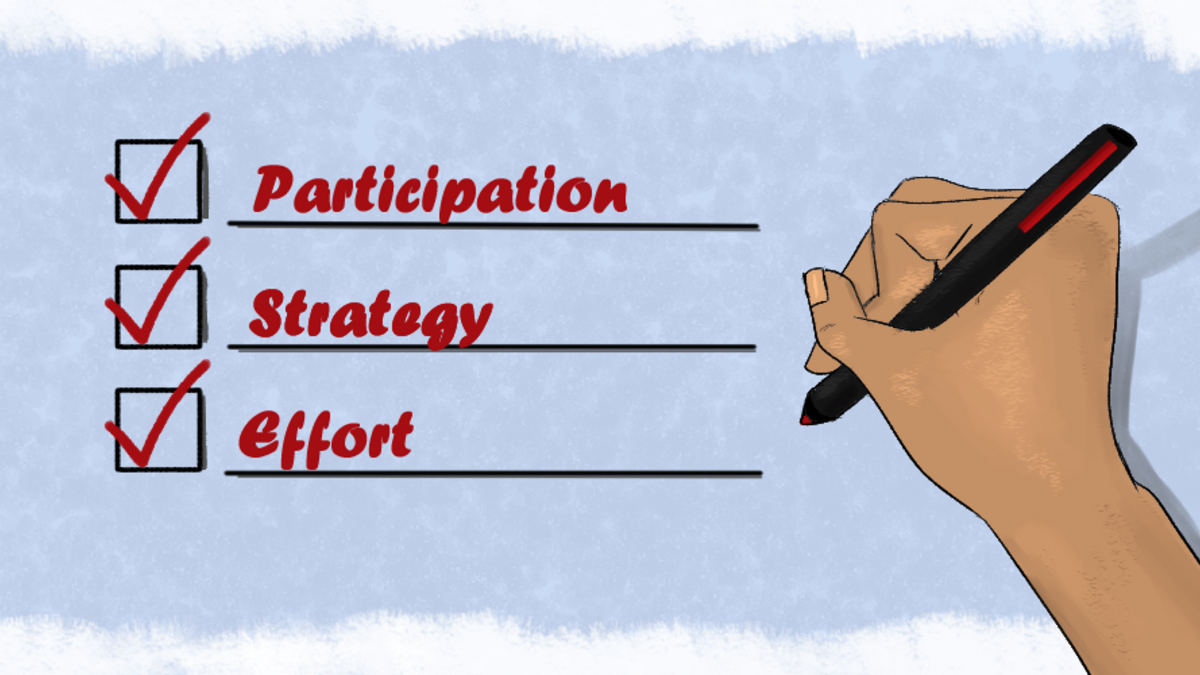Research and recommendations for effective, day-to-day nonprofit practice from ASU faculty, staff, students, and the nonprofit and philanthropic community.

The disparities highlighted by the COVID-19 health crisis in health access, education equity, underinvested neighborhoods, and lack of or underemployment, all play a role in the disproportionate impact the crisis will continue to have on Latino and underserved communities nationwide. Nonprofit organizations meant to support these communities have suffered a similar fate in the federal response while foundations try to fill the void.
Nonprofits will see a rise in need stemming from people on the margins of the disaster recovery response. Nonprofits must engage in long-term strategies that will prepare them for the work that will remain long after federal, state, and private responses have receded. This crisis will only serve to exacerbate the effects of slight growth in traditional funding sources for nonprofits, already trying to do the best with what they have.
Social enterprise opportunity
For the most part social enterprise has been a response explored by larger nonprofits – think Goodwill, Habitat for Humanity. For these organizations, the balance of “money and mission” offered by social enterprise approaches was a promise fulfilled. Social enterprise is any earned income business or strategy undertaken by a nonprofit to generate revenue in support of its charitable mission. These early adopters understood the need to explore opportunities outside of conventional funding sources to achieve financing needed…
Read more

Maybe Vanilla Ice was on to something when he sang these infamous lyrics. If you are a nonprofit executive then, stop and consider collaboration or a merger. Listen up! Nonprofit executives, as we know, have a lot on their plates to juggle, but at the very top of responsibilities is that of impact. Impact is the driving force of all nonprofit efforts. Nonprofits are created and exist for a specific purpose or mission. In our search to realize our nonprofit’s mission, collaborations and mergers are two strategies that can maximize impact under the right conditions.
Strengths can be amplified and shortcomings can be mitigated through joint efforts. These partnerships have the ability to minimize duplication of efforts and competition for limited resources while increasing their ability to problem solve. Many believe there are too many nonprofit organizations competing for the same donor dollars, resources, and stakeholders. “Are there too many nonprofits?” is a question asked often in the sector. Merging operations can reduce this overcrowding while also increasing stability and reducing overhead. Partnering with another organization can have many benefits, however they need to be executed carefully and appropriately to achieve the desired benefits.
Let’s break down when to consider collaboration or mergers:
Collaborations
Collaborations…
Read more

As nonprofits attempt to tackle some of our communities' most difficult problems; funders, government agencies and the general public are actively calling for accountability, transparency and proof that a program is producing change. This call spurred the increasing demand for program evaluation.
Nonprofit leaders have heard the call but are struggling to meet expectations due to a lack of basic resources, expertise and support. In your organization, this may look like negative attitudes toward evaluation, poor research designs and collecting data but not using the data. The root problem here is poor evaluation capacity.
Evaluation Capacity = ability to do and use evaluations
The key to achieving more effective evaluation and overcoming these challenges is evaluation capacity building (ECB).
Guide to building evaluation capacity
ECB involves a series of steps taken by an evaluator (internal or external) to build evaluative knowledge and skills, create a culture of continuous learning and accountability, and make resources readily available.
Assess the organizational context
Make sure your organization is ready for capacity building. Some things to consider…
Read more

In the Journal of Nonprofit Management and Leadership, Seung-Chul Yoo and Minette Drumwright provided data from 2017 indicating that “…86 percent of U.S. nonprofits used some form of online fundraising and 61 percent of donors worldwide reported that they prefer to give online.” While the majority of nonprofits are using technology to increase donations, it is not always being utilized efficiently and successfully.
Technology, in all facets, is ever changing and will continue to grow as an influencer on nonprofit fundraising efforts. This is primarily due to younger generations continued utilization of digital platforms. The amplified use will continue to benefit nonprofits as one of the most cost-effective fundraising mechanisms.
Organizations can better leverage technology through first recognizing three notions. The first is that social media is a small donor platform. Meaning that donations are not large in dollar amount, but they are large in quantity of donations obtained. The second is that motivations of donors that prefer to utilize technology to donate varies from other subsets. Primarily, those that donate via digital platforms do so because they are influenced by their social network, not by what an organization accomplishes. Lastly, the social network effect will impact success in a positive way. The more messages an organization…
Read more

As of 2016, Millennials (those born between 1981-1996) are the largest generation in the U.S. workforce and will comprise 75 percent of the global workforce by 2025. Millennials are often referred to as the “job hopping generation” due to their tendency to change jobs more frequently than previous generations. This high turnover can drain financial resources since replacing employees is costly.
Nonprofits that want to close the revolving millennial door should look to the 5 C’s of millennial retention:
- Coaching: Millennials don’t want a boss but rather a coach. Much like the guiding parents that raised them, millennials want praise, feedback, nurture and support. A high supportive, low directive leadership style is most likely to be effective with millennials. Millennials crave feedback and all good coaches provide plenty of it, in real time with specific and clear details about performance.
- Collaboration: Millennials want a sense of belonging. There is evidence that millennials thrive in flatter organizational structures with shared governance and peer to peer collaboration. When this is not possible, leaders should look for opportunities to involve millennials in key decision making on topics of value to them. Mentorship programs have also been identified as a strategy to engage millennials. Assigning millennials to mentor senior employees in a reverse or mutual mentorship program can…
